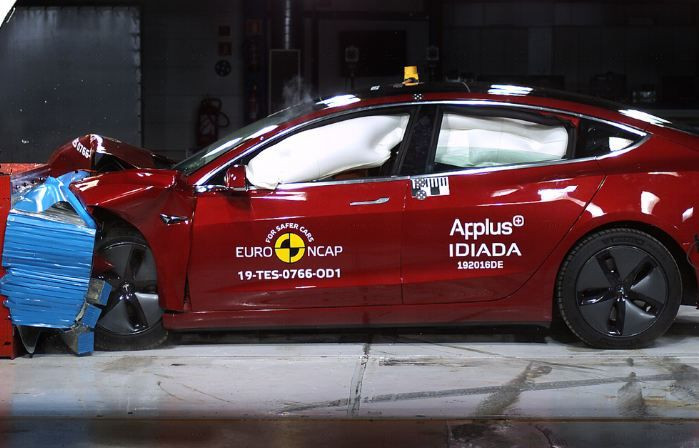Tesla Autopilot Is 9-Times Safer Than Average Driving, One Accident In 4.3 Million Miles

Turning on Tesla Autopilot is quite literally a life saver, making Tesla's electric vehicles (EVs) among the safest on U.S. roads today. How safe you ask?
Tesla on Wednesday reported on the number of accidents from July to September occurring in its EVs with Tesla Autopilot activated. Teslas figured in one accident for every 4.34 million miles Tesla Autopilot was engaged. Put in another way, this means Tesla Autopilot was nine times less likely to result in an accident compared to the national average.
By comparison, the U.S. national average stands at one accident for every 0.5 million miles based on the most recent data from the U.S. National Highway and Transportation Safety Board (NHTSA).
Tesla, however, didn't provide statistics about Tesla accidents without Tesla Autopilot engaged.
Tesla Autopilot also showed significant improvement compare to previous safety reports. During the past four quarters, Tesla’s Autopilot accident rate was in the region of one per 3 million miles. The improvement to one accident every 4.34 million is pleasantly surprising.
The Autopilot safety data provided by Tesla covers only accidents. It doesn't reveal data on injuries or deaths. Car safety experts note this figure, if and when released, will likely prove how safe Teslas are in crashes.
Tesla has received many safety honors over the past few years. Last month, the Model 3 was awarded a “Top Safety Pick +” by the Insurance Institute for Highway Safety (IIHS). The Model 3 is the EV to earn the award after the Audi’s E-Tron in August. It earned “good” ratings in all categories, which is the best distinction awarded by IIHS.
In July, Australia’s leading car crash safety organization gave its highest safety ratings to Model 3.
The Australasian New Car Assessment Program (ANCAP), a car safety performance assessment program for Australia and New Zealand, said the Model 3 scored a perfect 5-Star ANCAP safety rating for its excellent performance in the areas of occupant protection and active collision avoidance.
© Copyright IBTimes 2024. All rights reserved.





















